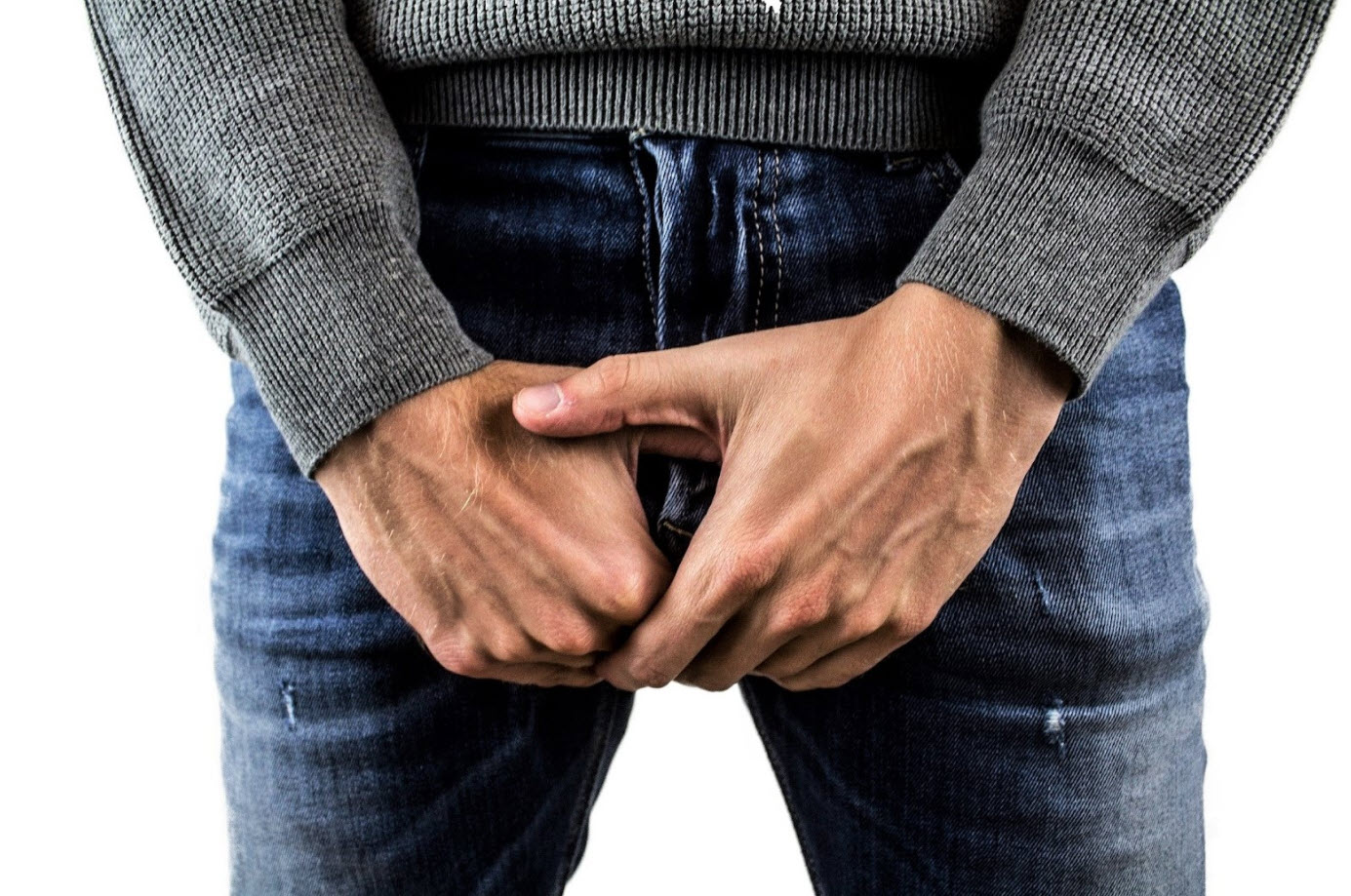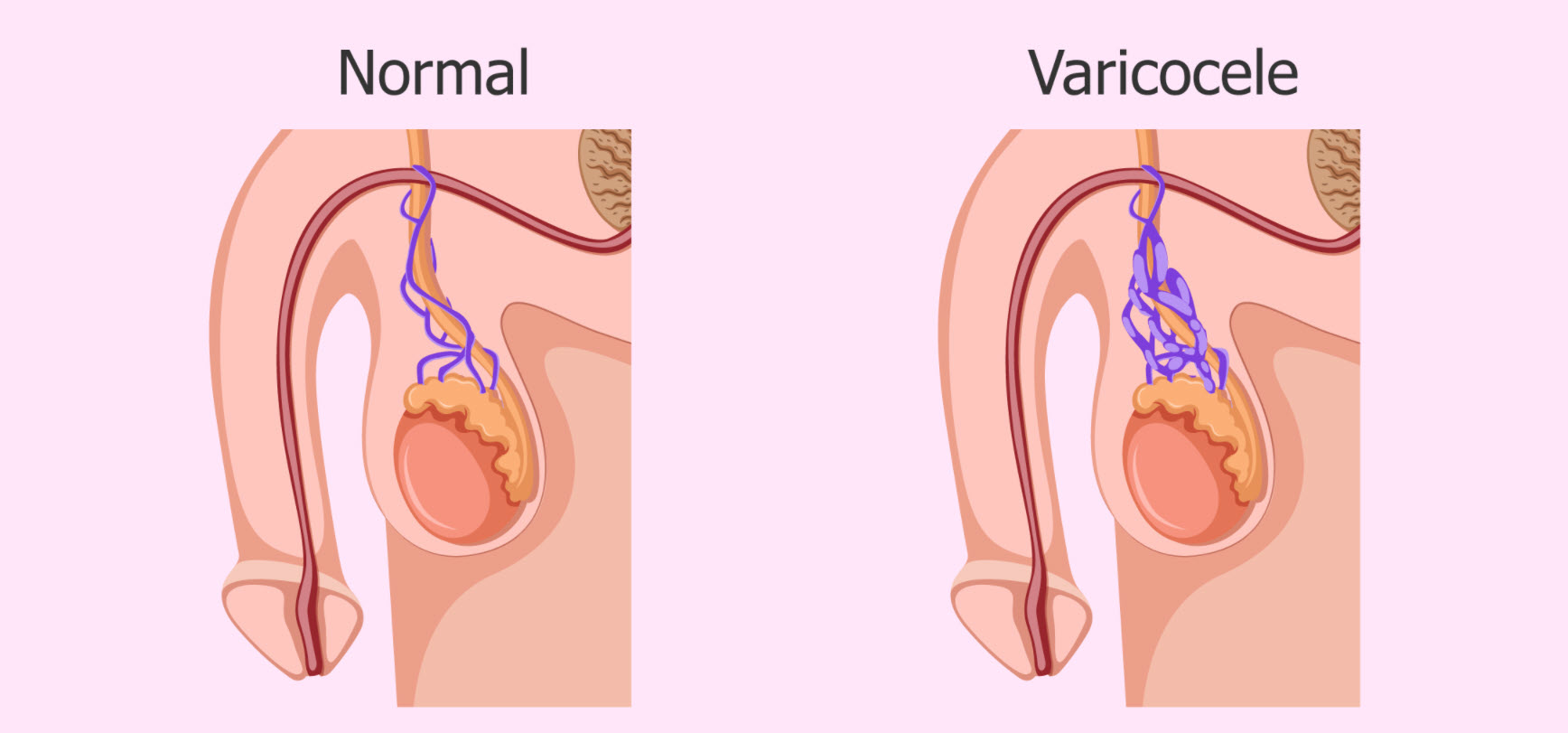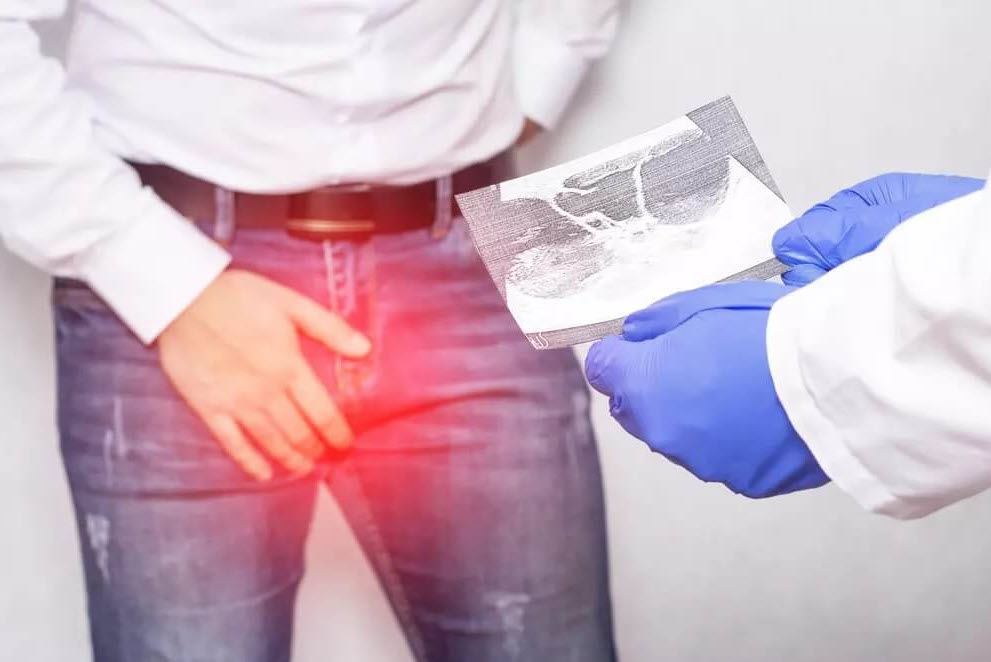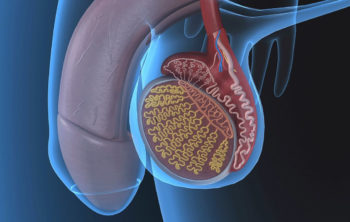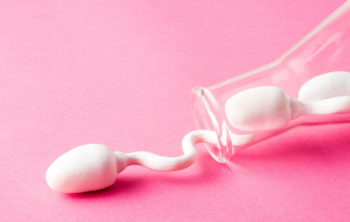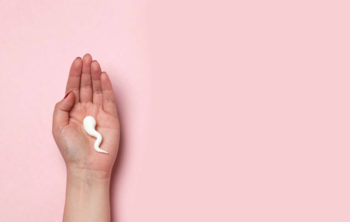Contents
Varicocele: Types, Causes, Symptoms, Treatment and Home Remedies
Did you ever feel that you have a bunch of worms in your bag of skin that holds your testicles (scrotal sac)?
If Yes, Then
You might have the varicocele. It is one of the most common causes of low sperm count and poor sperm quality, which may lead to infertility.
Do you know what varicocele is? Most people have never heard of this condition, but it affects a large percentage of the population. Varicocele is a disorder that affects the veins in the scrotum, and it can cause a wide range of symptoms. In this post, we will discuss the different types of varicocele, the causes, symptoms and treatment options. We will also introduce some safe and effective home remedies for varicocele. Keep reading to learn more!
What is Varicocele?
Varicocele is a medical condition of the male scrotum in which there is abnormal venous dilation of scrotum vein or pampiniform venous plexus, which leads toward the accumulation of fluid in scrotum sac and excessive blood in the spermatic vein. It is a very common disease. Around 15-20% of men suffer from it but is not a medical emergency and it never happens suddenly. There is always gradual dilation of vein.
Varicocele means varicose vein of the scrotum. When vein in spermatic cord gets enlarged and dilates, it causes backflow of blood towards the scrotum and stasis of blood in vein.
Types of Varicocele:
On the basis of pathophysiology, it is of two types.
1. Primary Varicocele:
This is an idiopathic form of the disease, i.e. it is peculiar to individual and the cause remains unknown. This type of Varicocele is not the result of any other disease or issues in any other organ.
2. Secondary Varicocele:
This is systemic disease and in this case, it is a symptom of an underlying disease such as liver enlargement, kidney failure, tumor, portal hypertension, and prostate enlargement etc. The causative disease produces pressure on spermatic vein which leads towards dilation of veins.
Position of varicocele:
1. Unilateral varicocele:
Unilateral varicocele is 80-85% in the left side, and only 15-20% of it is in the right side. The cause behind it, is the position of the spermatic vein in the spermatic cord.
2. Bilateral varicocele:
Bilateral varicocele is very rare. Only 10-15 % people affected with the disease, have this.
Varicocele causes:
There is only one cause of Varicocele and it is the malfunction of vein of spermatic cord which transports deoxygenated blood of testis. There is dilation, elongation, and tortuosity of veins which lead accumulation of blood.
But what causes these veins to dilate is still unclear. There are some hypotheses behind it, those are:
- Valve in the vein of spermatic cord, which is supposed to prevent backflow of blood, does not work properly.
- Failure of the geometry of capillary to venules to the small vein to the large vein which leads stasis of blood.
- Pressure within vein is high which prevents blood to go upward.
- Physical pressure on the vein from the tumor, cyst or systemic diseases like hypertension and others.
Varicocele symptoms:
-
Pain or Varicocele pain:
Varicocele pain may vary from dull discomfort to severe prickly pain. The intensity of pain increases with standing and sitting for a long time. Pain usually subsides by lying down. Pain is very easily diagnosed by bike riding. As during driving two-wheeler (motorcycle) testis is touched by seat, thus jerk while driving causes sudden pain.
-
Swelling:
There could be minor to the major form of swelling just above testicles. Normally there is swelling on the left side but right side swelling and swelling on both sides, do also occur.
-
Testis growth:
On self-examination, one may feel growth in testis or testicular mass.
-
Others:
Some other symptoms may also present like pain during sex, penis erection discomfort, pain during urination, lower abdomen pain, pain in lumber etc.
Varicocele Grading:
Clinically, it is graded from 1 to 3, where 1 indicates minor and 3 indicates major stage of the disease.
- Varicocele grade 1 (small): When bulging or swelling only comes by bearing weight or pushing downward.
- Varicocele grade 2 (medium): When there is small swelling which can only be felt by palpitation.
- Varicocele grade 3 (large): Visible and well-defined swelling.
Varicocele diagnosis:
Diagnosis of it is confirmed with pelvic ultrasound, which shows dilation of pampiniform plexus.
Differential diagnosis:
Sometimes symptoms of the disease may resemble with other medical condition such as:
- Lump in the testicle or testicular lump: Testicular lump is a small painless lump which may feel behind in testicle. These lumps are very common and can happen at any age of life. Most of the time, it self-resolves within some days. Rarely these lumps can be cancerous too.
- Testicular mass and scrotum mass: Testicular mass and scrotum mass may be due to the accumulation of fluid, blood, abnormal tissue or normal tissue of scrotum and testicle which are swollen.
- Cyst in testicle: Cyst is the swollen condition of tissue with the accumulation of fluid. Cysts in testicle are common and resolve within some days.
Varicocele complications:
- Infertility: Varicocele leads towards infertility. Sperm production and maturation require less amount of temperature than the normal temperature of the body. Accumulation of blood causes rise in temperature which disturbs spermatogenesis. Although it does not always result in infertility, about 30-40% male with varicocele have normal fertility.
- Atrophy of testicle: It is still unclear what causes shrinkage of the testicle.
Treatment of Varicocele:
About 30-40% of the disease is asymptomatic and does not require treatment, but if it causes pain and discomfort than it is a good option to visit a doctor.
It is a surgically treatable disease. Purpose of surgery is to repair affected vein or valve and redirect blood flow where it should normally go. But surgery improves prognosis and repairs fertility of men is still questionable? There are clinical data that suggests the disease usually returns within 2-3 years after surgery.
Varicocele and Oriental medicine:
Varicocele is a disorder where the veins in the scrotum are enlarged, similar to varicose veins in women. Varicoceles are often found in the left side of the scrotum. Varicocele disease can be treated by different medical methods, for example surgery or sclerotherapy (a process where sclero means “hard” and therapy means “treatment”), but for oriental medicine also have their own treatment method.
Varicocele treatment method of oriental medicine consist of many parts, include moxibustion, cupping therapy, acupuncture , massage and herbal medicine.
Moxibustion refers to using small cone-shaped bags with mugwort herb which is ignited. Mugwort herb has been used for thousand years in China and Korea, the famous oriental doctors such as Shi-zhen stated that mugwort has Qi (meaning “vital energy”) repairing properties and it stimulate blood circulation, which is why moxibustion effective to treat Varicocele disease.
Varicoceles can also be treated by cupping therapy , acupuncture and massage .
Cupping therapy is a process where special cup with vacuum effect is applied on Varicocele point on scrotum , the negative pressure from cupping stimulates blood flow around Varicocele which help Varicocele swell decrease. Acupuncture points around Varicocele area are stimulated, this will also improve Varicocele disorder. Varicocele is also referred to as “waterfall” disease, so Varicocele massage is done. Varicoceles massage will stimulate blood flow around Varicocele area which help Varicocele decrease its size.
Varicose veins are located near the surface of the skin, acupoints on meridians are also near the surface of the skin or just under it, this mean that moxibustion, cupping therapy , acupuncture and Varicocele massage can make varicose veins disappear .
Oriental medicine treat Varicocele through different approach compare to other medical methods mentioned above because oriental medicine use holistic treatment where body mind and soul are all involved in one treatment session. Body part affected by Varicocele will be target of a Varicocele treatment, Varicocele itself is not targeted. Varicose veins on scrotum are mainly caused by long term lack of exercise which reduce blood circulation and improper diet which increase Varicocele symptoms such as fatigue, lassitude and pain.
Home remedies for varicocele:
- Some herbs are known for improving blood vessel function such as Alstonia, psyllium, butcher’s broom, aloe vera etc. Decoction or juice of above can improve the disease.
- Fast food, junk food, alcohol, smoking, caffeine should be avoided.
- Olive oil,flaxseed oil, fresh fruits, and vegetable should be regularly accommodated in the diet.
- Practice Yoga on the daily basis.
- Vitamin supplements especially vitamin E and C should be in the proper amount.
- Water sitting: sitting in slightly lower temperature water will normalize testis temperature and improve spermatogenesis.
- Wear athletic supporter.
- Pain relief tablet such as Brufen and Acetaminophen may relieve some symptoms.
Conclusion:
Varicocele is a disorder that affects the veins in the scrotum, and it can cause a wide range of symptoms. In this post, we will discuss the different types of varicocele, the causes, the symptoms, and how to treat this condition. We will also explore some home remedies that you may be able to use to get relief from your varicocele symptoms. If you are experiencing any of the symptoms associated with varicocele, please see a doctor for diagnosis and treatment. Thanks for reading!
Read more: Oligospermia (Low Sperm Count): Types, Causes, Treatment and Home Remedies
Disclaimer:
Above article is only for knowledge purpose. Please contact your healthcare provider before using any of above medicine or method. For any query or personal consultation according to your health condition please contact your doctor.

